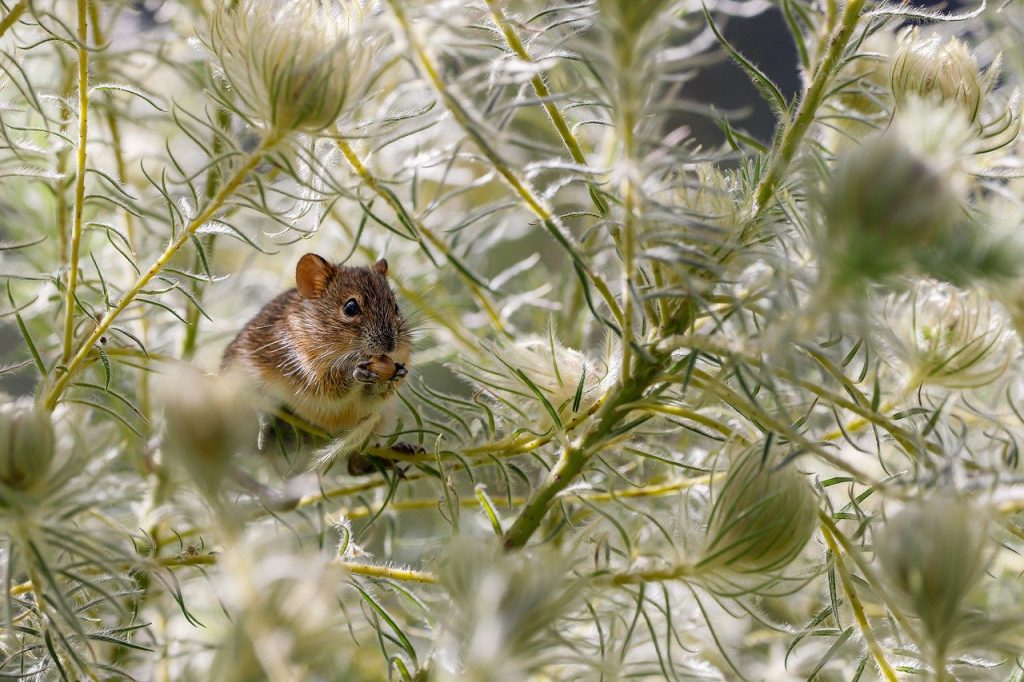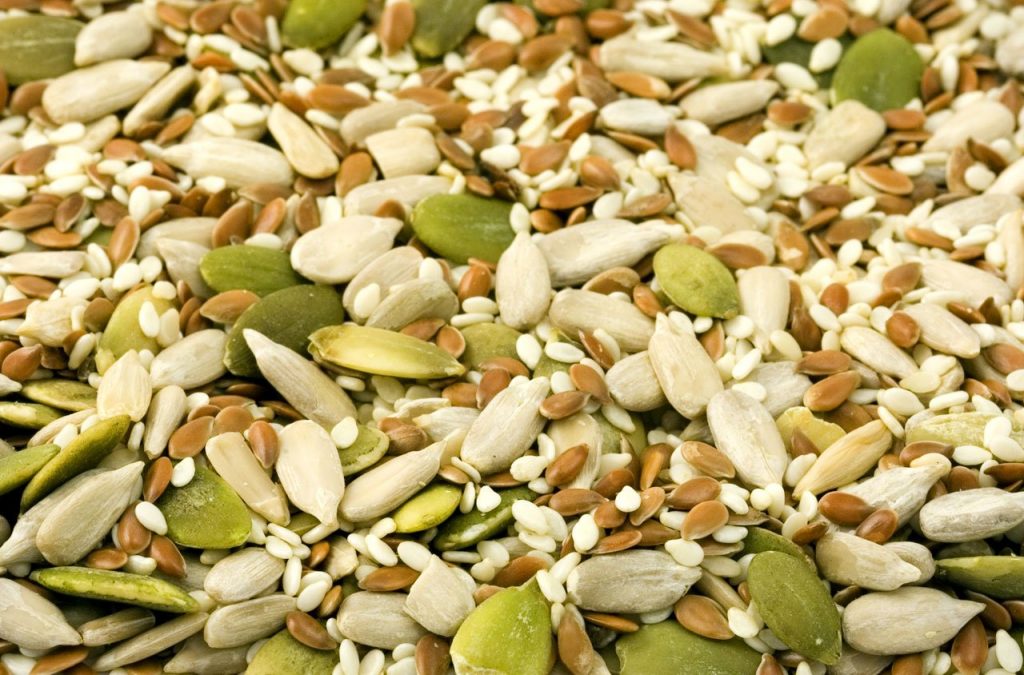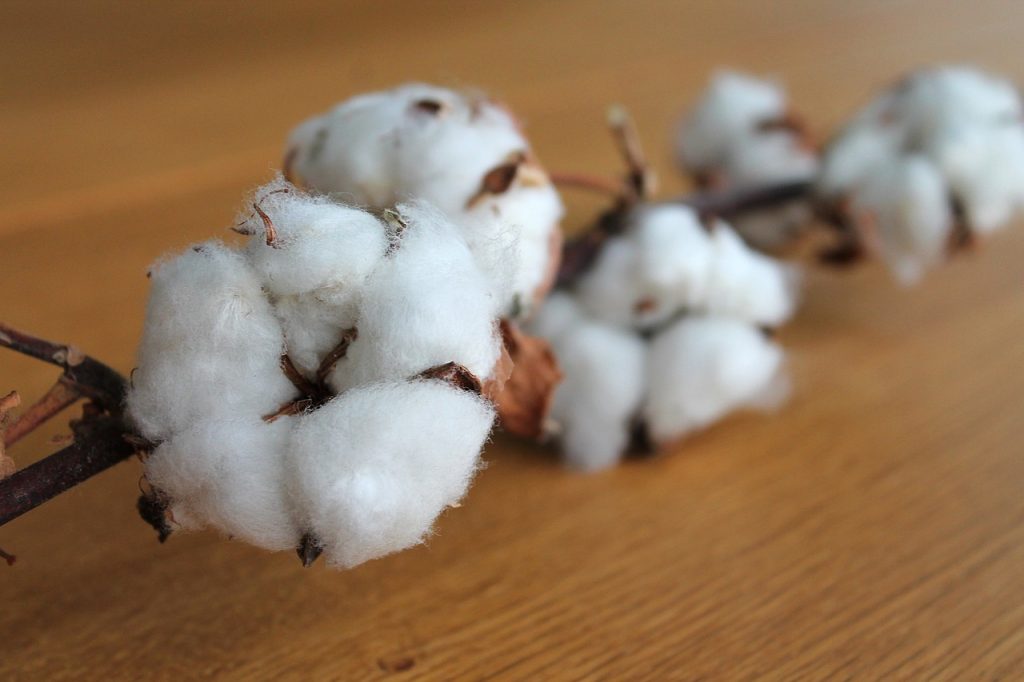Once you have found the right humane mouse trap to try out, the next step is to find the best bait for mouse traps. There are hundreds of different things you can try as bait, but many will often not work as well.
Mice are very opportunistic species, which means they will adapt to many different living conditions. They can survive well with a little food and very little water for a long period of time. They focus on reproduction over almost anything else, and that is why if you have a mouse in your house, chances are you will have many more soon.
So let’s go over some of the things mice love and hate, sound good?
What Mice Love

Mice are kind of like fat slow slobs, except they’re usually not fat or slow. In fact, they’re usually slender and quick. But the reason I say they’re like fat slobs is because those are the types of food they prefer in people’s homes.
Mice like foods that are sugary and fatty. Things like gooey peanut butter and soft smelly cheese are right up their alley, but that will NOT work with every mouse. I have observed some mice come near peanut butter and various cheese and walk right past it. So the right bait for a mouse will vary quite a bit.
What Mice Hate
We know what mice love, but what do they hate? Mice hate many things such as:
- peppermint
- peppermint oil
- cayenne pepper
- various other types of pepper
- cloves
- ammonia
- chili oil or powder
- mothballs
- other similar things
So does that mean you can put a bunch of these things throughout your house and mice will move out as soon as possible? Definitely not! Although many believe mice dislike those things, they also love the comfort of your home and food in your kitchen much more to just pack up and go.
The reason I wanted to go over the things mice do not like is because those are some of the things you shouldn’t try to use as bait or near your bait. But they will not work well as a mouse repellent.
Best Bait for Mouse Traps
I will categorize mouse trap bait in three categories including:
- food bait
- nesting material bait
- specialty bait that’s created especially for mice and rodents
Food Bait
Food bait is anything that a mouse can eat. Although mice poison is technically food bait as well, I did not include it on this list. I am against poison bait for one main reason. That is because once mice ingest it, there is a high chance they will go inside your walls and ceilings and die there. And who wants a dead mouse inside their walls? I know I don’t.
Peanut Butter

Peanut butter remains one of the best baits for mouse traps.
Peanut butter is one of people’s favorite bait for mouse traps because it has been shown to work so well.
Mice love nuts in general, but when it’s in butter form, it is even better. They can eat it fast and they do not have to chew much. Besides that, peanut butter is also very fatty, which is one of the main criteria for mouse bait.
Cheese
There is a reason cartoons always depict mice as eating cheese. Although mice do not eat cheese in their natural environment, they do LOVE cheese when they nest in people’s homes. And who doesn’t like cheese? It’s made from milk, in a solid form, and tastes delicious.
Although most websites will tell you to only use soft cheeses, you can pretty much use almost any cheese. Mice love hard cheeses as much as they love soft ones. Soft ones are usually recommended because they’re set on snap traps, so it’s stickier and it makes it harder for mouse to escape with bait. But when using a humane mouse trap, you don’t have to worry about that.
Some cheeses to consider for mouse trap:
- cheddar
- Swiss
- ricotta
- cottage
- Muenster
- Colby
Seeds and Nuts

Besides peanut butter and cheese, mice also love to eat seeds and smaller nuts. This is one of their natural foods as they can find seeds and nuts in the wild as well. Although you can buy mouse specific seeds, you can also get bird food which contains a variety of seeds to try.
Some seeds to try in your mouse traps:
- oatmeal
- sesame seeds
- sunflower seeds
- soybeans
- squash seeds
- lentils
- peanuts
- popcorn
- rice
Wet Cat or Dog Food
Although mice are not going to find cat or dog food in the wild, they often to find it outside on people’s porches and patios where they feed their dogs or cats. That’s why mice have come to love that food as well.
It will depend on whether the mouse you have accustomed to this type of food, but try getting a can of wet cat or dog food and trying it on your trap.
Dry Cat or Dog Food
Besides to wet cat or dog food, some mice like the dry food too. Dry cat or dog food has several advantages to its wet sibling.
The main one is that mice can take it back to their nest for later usage. This means they do not have to keep coming back to the food location to keep feeding off of it. If they are nursing, it is especially helpful for them to take food back to their babies.
Chocolate
Mice love sweets, and what better sweet than chocolate? Depending on what type of chocolate you have, most mice will give it a whirl without much though.
If you have little kids running around, then chances are they drop pieces of chocolate all over you house and the mice most likely come out at night to scoop those pieces up.
Maple Syrup
Like chocolate, Maple Syrup is very sweet and thus mice will indulge in it. It is not my favorite bait to use because it is very sticky and messy.
I prefer dry mice baits as they are easier to clean up later. But if you have a stubborn mouse that won’t go in the trap, then you can try something sweeter and stickier such as Maple Syrup.
Food That The Mouse is Used to Eating
There might come a time when you’ve used many different baits and have not had any success. The reason for this could be that the bait is wrong, placement of mouse trap is wrong, or the type of mouse trap you have is wrong. If the bait is wrong, you need to really look around your house to see what your mouse might be eating.
Mice eat what they have available for them. That means if you rarely ever have chocolate or peanut butter in your house, then they probably will not like that as much. If you’re used to eating potato chips and there’s often bits and pieces that fall under the couch, then you should try that.
To put it simply, use the food in your house for your mouse trap. Don’t go out buying something specifically for a mouse. If he survived fine with your current food, then that means you don’t need to buy anything else.
You need to figure out what type of food he or she is eating in your home right now. In most cases, that will be the same type of food you, your family and your pets are eating.
Nesting Material Bait
Using nesting material as bait is not a new tactic. Mice are nesting animals, which means they will select a spot they are comfortable and safe in and make a nest there. That means they need a lot of material to create this nest out of.
If your mice are fat and have plenty of food, then your trap might not work because they are not hungry. So it might be time to try some nesting material as bait. Nesting materials is also considered to be some of the best bait for mouse traps.
Cotton

Cotton is one of those materials that mice can use to add to their nest. It makes their nest warmer and cozier. Since you most likely have some cotton balls in your home already, why not try that?
Take a cotton ball and cut it up in a bunch of smaller pieces, then add it to your mouse trap. To get the mouse comfortable with the material, try adding it next to the mouse trap as well to see if the mouse takes that piece first.
Floss
Another good nesting material is floss. Get a non-scented floss and cut it up in pieces and see if the mice in your home will go for it.
There is no recommended size the floss should be, but trying about 1 inch in length first and seeing if that works. Do not make it too short or too long.
Other Nest Building Materials
If you have other material lying around your house such as shredded paper, cardboard, and similar things, then you can try those as well.
Anything that a mouse can use to build its nest could work in theory.
Specialty Bait
There are some specialty rodent attractant gels in the market which claims to be the best bait ever. But in my testing and from reading around other people’s experience with these gels, they do not work any better than food.
Think about it.
Why would a lab-created mysterious gel that a mouse has never tried before work better than the delicious food the mouse is used to eating?
If you have tried absolutely everything else and are out of ideas, then you can try one of these gels. But in general, I would say stay away from these and try one of the food or nesting material baits mentioned above.
One response to “Best Bait for Mouse Traps (10 Baits That Work)”
Thanks for dry dog food suggestion. I used my hound’s Purina dry dog food and it worked like a charm. I would not want to use wet dog food since it would be super messy, prob worse than peanut butter!